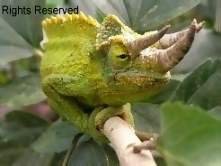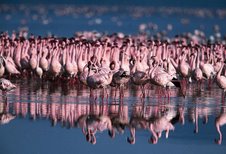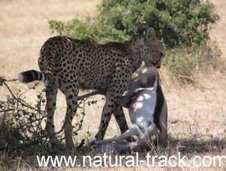The
termites are a group of eusocial insects usually classified at the taxonomic
rank of order Isoptera. sometimes called "white ants", though
they are not closely related to true ants. Termites live in colonies that, at
maturity, number from several hundred to several million individuals. Colonies
use a self-organized systems of activity
guided by swarm intelligence to exploit food sources and environments that
could not be available to any single insect acting alone. A typical colony
contains nymphs (semi-mature young), workers, soldiers, and reproductive
individuals of both genders, sometimes containing several egg-laying
queens.termites
divide labour among gender lines, produce overlapping generations and take care
of young collectively. Worker termites undertake the labors of foraging, food
storage, brood and nest maintenance, and some defense duties in certain
species. Workers are the main caste in the colony for the digestion of cellulose
in food and are the most likely to be found in infested wood. The soldier caste
has anatomical and behavioral specializations, providing strength and Armour
which are primarily useful against ant attack.termites undergo incomplete
metamorphosis,
with their freshly hatched young taking the form of tiny termites that grow
without significant morphological changes. Termites are generally grouped
according to their feeding behavior. Thus, the commonly used general groupings
are subterranean, soil-feeding, dry wood, damp wood, and grass-eating. Termite
workers build and maintain nests to house their colony. These are elaborate
structures made using a combination of soil, mud, chewed
wood/cellulose,
saliva, and farces. A nest has many functions such as to provide a protected
living space and to collect water through condensation. Nests are commonly
built underground, in large pieces of timber, inside fallen trees or atop
living trees. Some species build nests above-ground, and they can develop into
mounds. In tropical savannas the mounds also known as "anthills" may
be very large, with an extreme of 9 meters (30 ft) high . In many
cultures, termites are used for food . Ecologically, termites are important in nutrient
recycling, habitat creation, soil formation and quality and, particularly the
winged reproductive, as food for countless predators. In addition, scorpions, lizards,
snakes, small mammals, and birds live in abandoned or weathered mounds, and aardvarks
dig substantial caves and burrows in them, which then become homes for larger
animals such as hyenas and mongooses.
PKP. Safaris in Kenya desk
Natural Track Safaris
Natural Track Safaris









1 comment:
That is an amazing piece to share. Thanks and more power.
Post a Comment